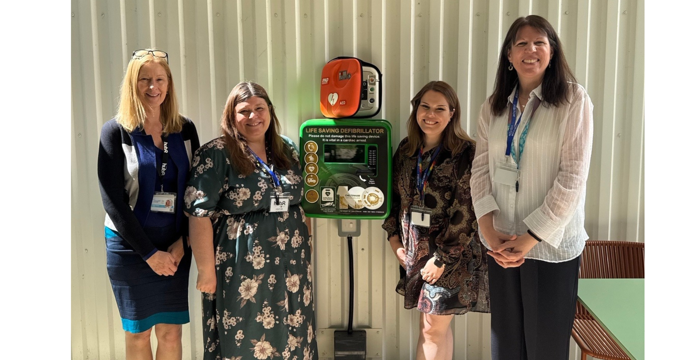Autoclenz transitions to employee ownership with support from BPE Solicitors
BPE Solicitors LLP is pleased to have advised Autoclenz Holdings Limited on its transition to employee ownership in a landmark deal.
Equality, Diversity & Inclusion (EDI)
The UK is already considered to have some of the strongest equality legislation in Europe, and the Labour Government has signalled its intention to make further enhancements. This is in stark contrast to the approach of the United States administration, who have sought to abolish EDI programmes across federal government and have recommended that private sector companies do likewise.
Level 7 Apprenticeship Funding Restrictions
The Department for Education recently announced that from January 2026, apprenticeship levy funding for Level 7 (master’s level) apprenticeships will be restricted. The restrictions mean that only those individuals aged between 16 and 21 will receive new funding for the level 7 apprenticeships.
BNG - What's coming up and what does it mean?
The Department for Environment, Food and Rural Affairs (DEFRA) introduced biodiversity net gain (BNG) as a way of ensuring that developers are environmentally minded when undertaking projects. The idea was to create a clear framework to ensure that new major infrastructure developments left biodiversity in a measurably better state than before the development took place, in alignment with the legally binding Environment Act 2021 targets for biodiversity.
BPE Celebrates Award Shortlisting
BPE Solicitors is delighted to announce that Partner Kathryn King, Head of our Corporate and Commercial team, has been shortlisted in the Emerging Dealmaker category of the Insider South West Dealmakers Awards 2025.
From protection to predation: the misuse of powers of attorney
Following reports of investigations into power of attorney abuse rising to 28% in the UK, Emily Rowan-Maxwell explains the potential areas of misuse and abuse in relation to powers of attorney, including the red flags to watch out for and how to safeguard against abuse.
BPE fund the 100th defibrillator in Cheltenham!
On 30th April, BPE ESG Committee members Rebecca Pike, Karmen Waldron and Alice Duffy met with Clare Tidal Training Direct Ltd , who created the Public Hearts Defibrillator Campaign 2018. In April 2025, Clare and the team celebrated the fantastic achievement of placing 100 defibrillators around the Gloucestershire area, with a particular focus on the heart of Cheltenham. With 35,000 out of hospital cardiac arrests in the UK every year, having a defibrillator nearby is essential and could save your life.
A concrete deal: Allstone acquires Monster Mix
BPE Solicitors are proud to announce they acted for construction aggregates firm Allstone on a multimillion-pound deal to acquire concrete suppliers, Monster Mix.
New Statutory Entitlements for Neonatal Care: Effective 6 April 2025
Starting on 6 April 2025, the Neonatal Care (Leave and Pay) Act 2023 will come into effect in the UK, granting statutory entitlements to employees whose newborns require neonatal care.
Copyright infringement: AI and large language models
It is now impossible to ignore the impact of artificial intelligence (AI) and large language models (LLMs) as they have transformed, and are continuing to transform, industries at an unprecedented pace. With the fast rate of innovation and adoption of technologies utilising AI and LLMs comes significant challenges, particularly in the realm of intellectual property. This article unlocks some of the key questions surrounding AI and intellectual property rights and, in particular, how copyright law in the United Kingdom can be a useful tool for content creators and owners, should they need to consider protecting and enforcing against potential infringements by AI systems.
HR Focus: Wednesday Working Lunch with BPE and Circle2Success
BPE are proud to be hosting an interactive panel discussion in collaboration with Circle2Success on Wednesday, 26th March at Cheltenham Racecourse.
UK Director Duties under the Companies Act 2006
Under Sections 171 to 177 of the Companies Act 2006, directors owe certain statutory duties to the Company to which they are a director. If you are already a director, or intending to become one, it is critical you are aware of these duties and the potential liabilities if they are breached.



















